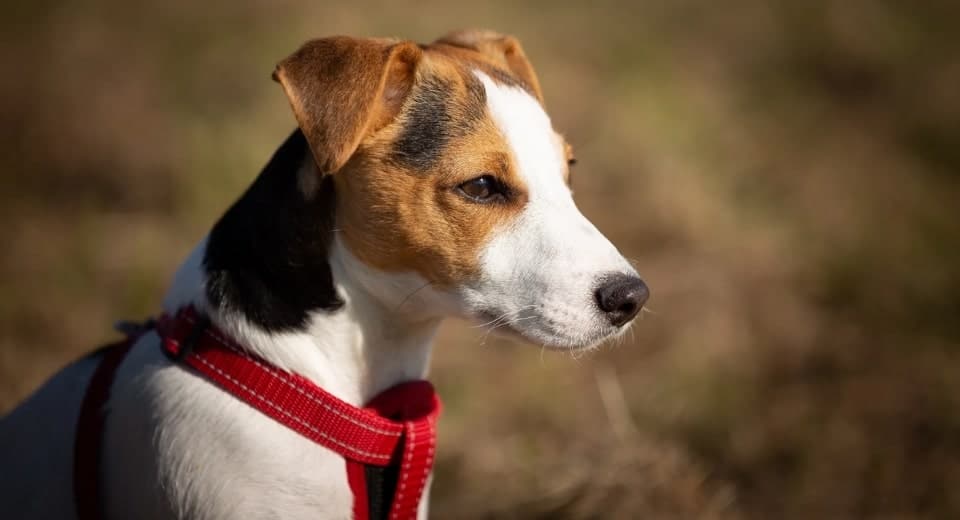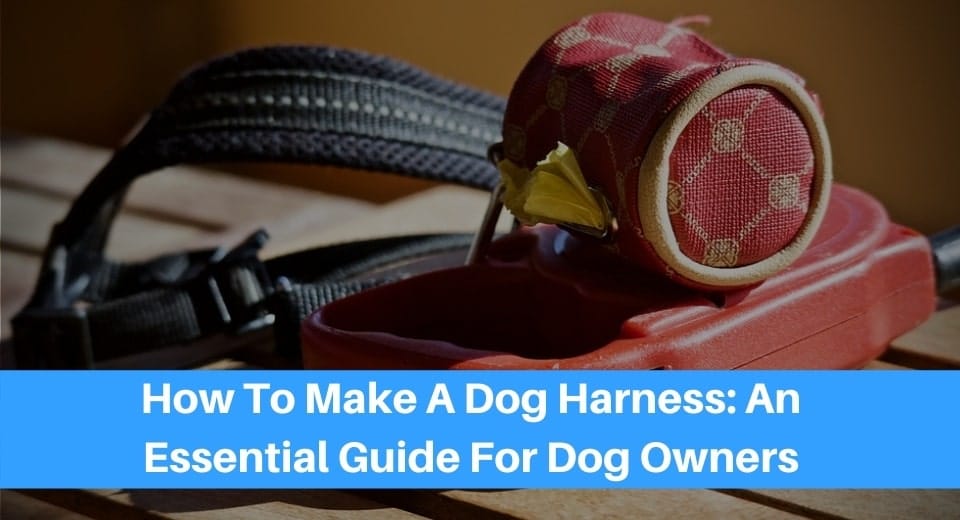With a lot of harness options available on the market, there are still some pup parents who prefer to make their own. It can be risky to attempt to DIY your own dog harness, but as long as you use suitable materials and the right craftsmanship, you can still come up with a rather sturdy option. It can be a bit cheaper (or more expensive) if you create your own, but there are some benefits to it.


Why Should You Learn How to Make Your Own Dog Harness?
Common Reasons For Making a DIY Harness
- For those who want their own flair – If you have a specific color, style or design not found on the market, you may wish to make your own.
- You are in an emergency situation – Let’s say your dog harness broke when you are hiking up the mountains and there is no one around. How do you keep your larger dog who you cannot carry safely close to you? By making your own harness.
- Your dog is unique and different – Perhaps you have a cute fur baby that is missing a leg or has a different build than other dogs (such as the English bulldog), you may need to tweak an existing harness or make your own.
- You need a special harness – Perhaps you would like one with the leash ring on the side instead of the front or back. Maybe you want to add some LED lights or reflective material.
- You just want to give it a try – Maybe you just want to give it a go and see how crafty you really are. You might even end up designing a one-of-a-kind harness that is very sought after!

What to Be Aware of When Making a Dog Harness
Suitable materials are the number 1 thing to look for. Don’t go for flimsy material that could break the second your dog gets a bit rowdier. You need the fabric you choose to be sturdy, yet comfortable. A rule of thumb is to find a fabric that can handle more than 2 or 3 times your dog’s weight. Comfort is the next step down from the materials used. Your dog won’t be too happy about getting a new harness you worked very hard on making if it chafes him and irritates his skin. To avoid this, padded material such as neoprene or web netting with sponge padding inside will help. Make sure you support and bolster the highly sensitive areas such as the armpits and ribcage. Soft materials such as fleece and sheepskin work very well (but aren’t waterproof). The size needs to be just right for the harness to work effectively. Measure the neck, chest and sometimes length of your dog to ensure the correct sizing. If you aren’t sure how to do that, refer to our article on how to properly measure your dog. Don’t overestimate your skill. Overestimating your ability to carry out the design could leave weak spots and mistakes that compromise the safety of your dog. It could also prove to be very frustrating for you. Test the harness before you take your dog out for a walk. Make sure you do so in enclosed spaces in case your design is faulty.Dog Harness Plans
While there are plenty of designs you can find online, we’ll present you with a few options that we find very easy and secure. No-Pull Harness- Find a long leash or one suitable for your dog.
- A collar you find appealing.
- A carabiner clip (heavy-duty ones such as those for mountain climbing).
- Dig out your go-to harness and leash.
- Head to your local craft store or pet store to pick up some LED leash lights.
- A harness template
- The material you have chosen to use
- Some sort of buckle or clip

Extra Tip
The material and size you select have every bit to do with your dog. Don’t use a crochet harness for a giant breed, and neither do you need heavy-duty buckles and clips on a little Chihuahua.Conclusion
For a little bit of individuality, we know a lot of pup parents that knit and sew custom designed clothes for their little fur babies, so why not try a harness? Our first design suggestion works really well in emergency situations that require you to use items you have on-hand. The other options are for added safety and/or more originality. If you get really good at making harnesses, you could even try selling your designs online! Remember, safety always comes first. Want something pre-made but also of good quality? Why not check our top dog harnesses to stop pulling instead?Planning a long road trip with your dog? Then, make these topnotch cargo liners for dog your travel must-have. Read next!

